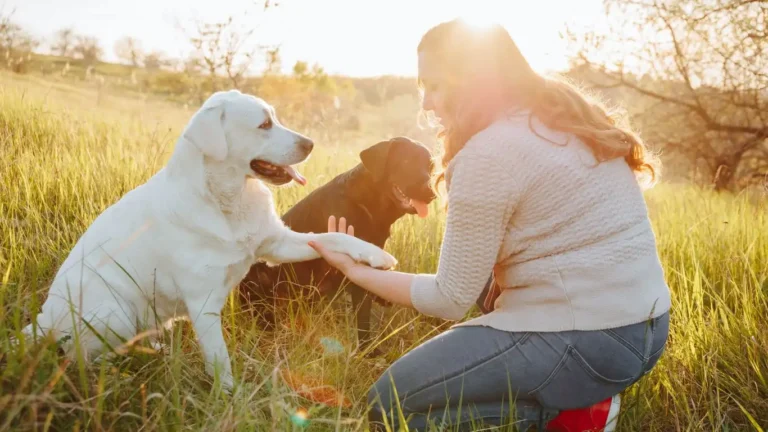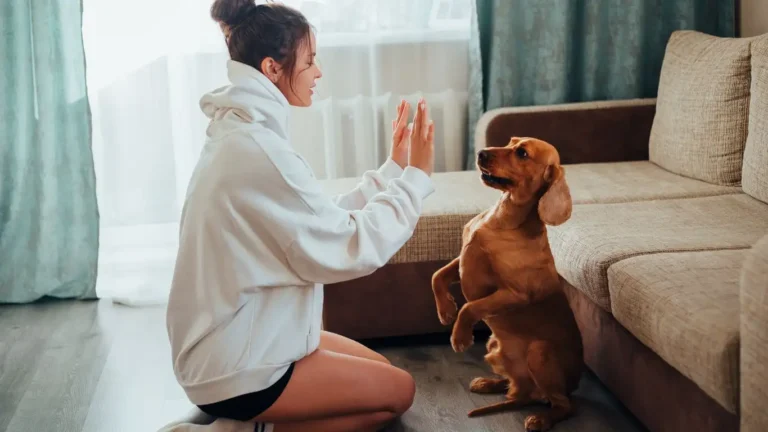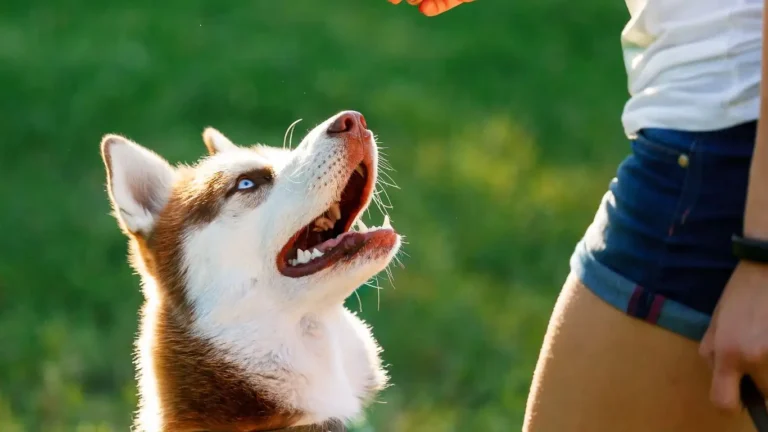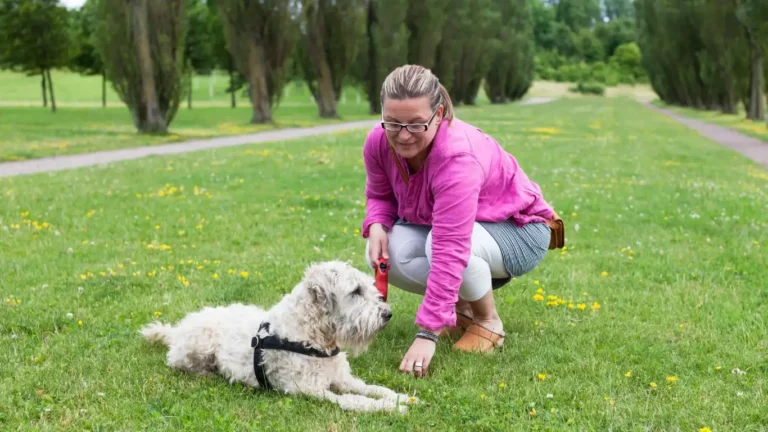Master How to Train a Dog to Focus on Training in Any New Area with These Effective Techniques
Training a dog to focus in a new area can be both an exciting and challenging experience. As a Canine-Assisted Therapy Trainer, I’ve worked with dogs of all breeds, ages, and temperaments. One thing that never ceases to amaze me is the bond that forms when a dog finally gets the hang of training in an unfamiliar setting. Whether you’re moving to a new home, trying to teach your dog in a park, or working in a new environment, the techniques you use to help your dog adjust and focus can make all the difference. If you’re asking yourself, “How to train a dog to focus on training in a new area?” – you’re in the right place. Let’s dive into the practical steps that will help you and your dog succeed in any new setting.
Understanding the Challenge: Why Dogs Struggle with New Environments
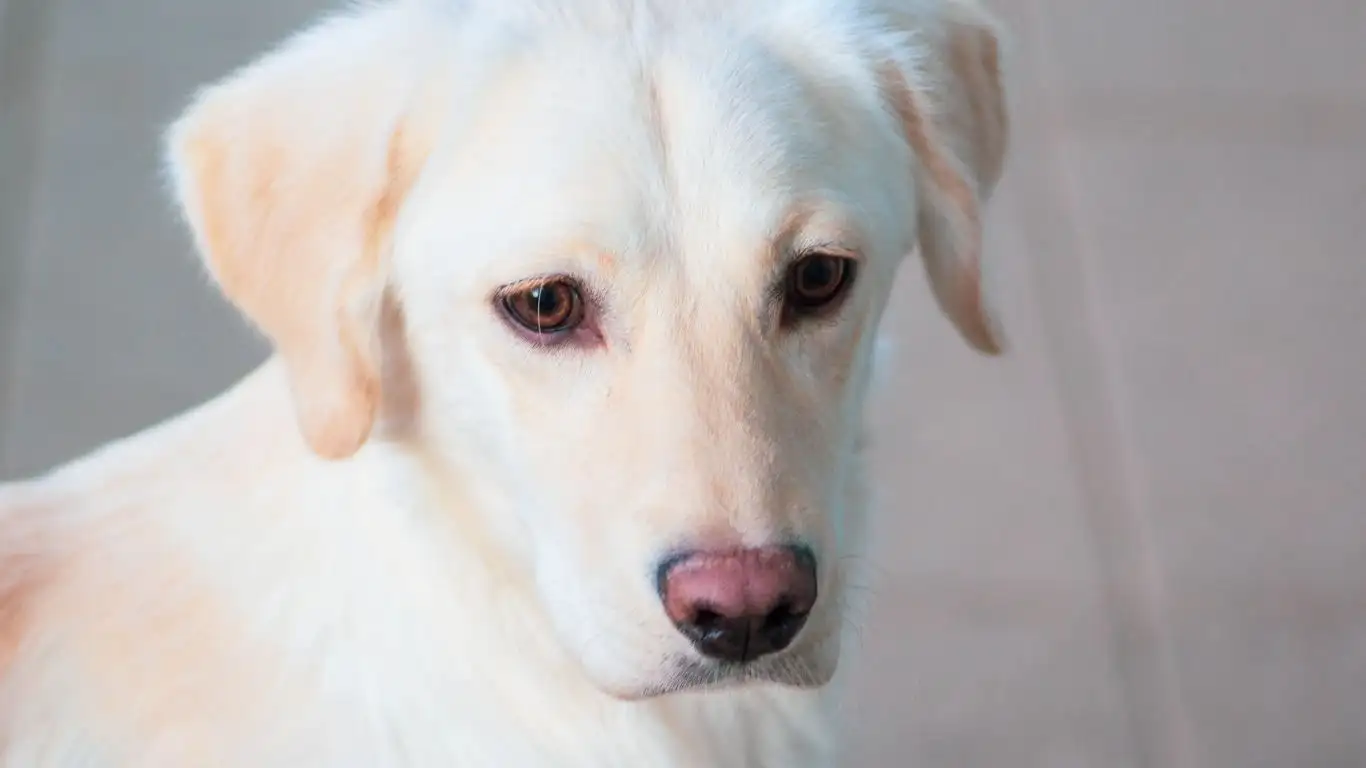
Before diving into how to train a dog to focus on training in a new area, it’s important to first understand why this is a challenge in the first place. Dogs are creatures of habit. They thrive on routine and familiarity. So, when you suddenly change their environment, they’re naturally going to be distracted. Whether it’s the new smells, noises, or sights in a park, or the unfamiliar rooms in a new home, all of these external factors can pull your dog’s attention away from the task at hand.
From my experience, this happens often when working with therapy dogs in unfamiliar locations. Initially, the dog’s focus tends to wander because they’re trying to process the new environment. However, with the right strategies, this can be overcome. Let’s break it down.
Start with a Familiar Routine
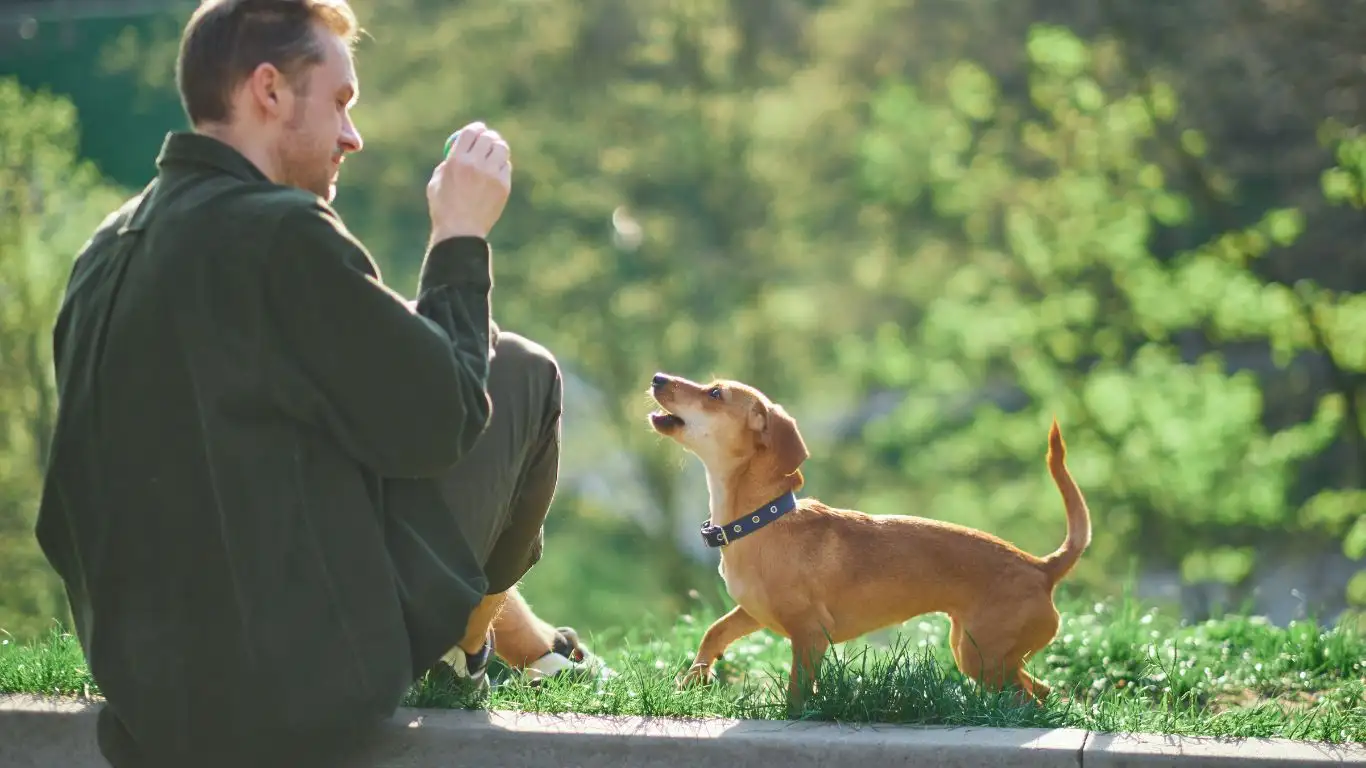
Consistency is key when training any dog, and this is especially true when teaching a dog to focus in a new area. Dogs need a sense of stability and predictability in order to concentrate. When you introduce a new environment, it’s essential to maintain as much of your regular routine as possible. Start with familiar training commands, tones of voice, and even the same equipment (such as your usual leash or harness). This will provide your dog with the security they need to focus.
For example, when I first started working with therapy dogs in new settings, I would always begin with simple commands they already knew well. I wouldn’t jump into complex training tasks right away. This allowed the dog to get comfortable in their new surroundings without overwhelming them. In time, I was able to gradually increase the difficulty of the training sessions.
Use Positive Reinforcement
Positive reinforcement is one of the most effective tools in dog training, and it’s especially helpful when you’re trying to get your dog to focus in a new place. When your dog is showing signs of concentration or even attempting to follow your instructions, immediately reward them with treats, praise, or play. This reinforces the behavior and lets them know they’re doing the right thing.
I’ve found that dogs respond exceptionally well to high-value treats when training in new areas. These are treats that your dog doesn’t usually get during normal daily activities. Using something special will motivate them to stay focused during training in unfamiliar surroundings. I’ve used freeze-dried chicken or cheese as high-value treats for my therapy dogs, and they always perform better when they know there’s a tasty reward on the line!
Gradual Exposure: The Key to Success
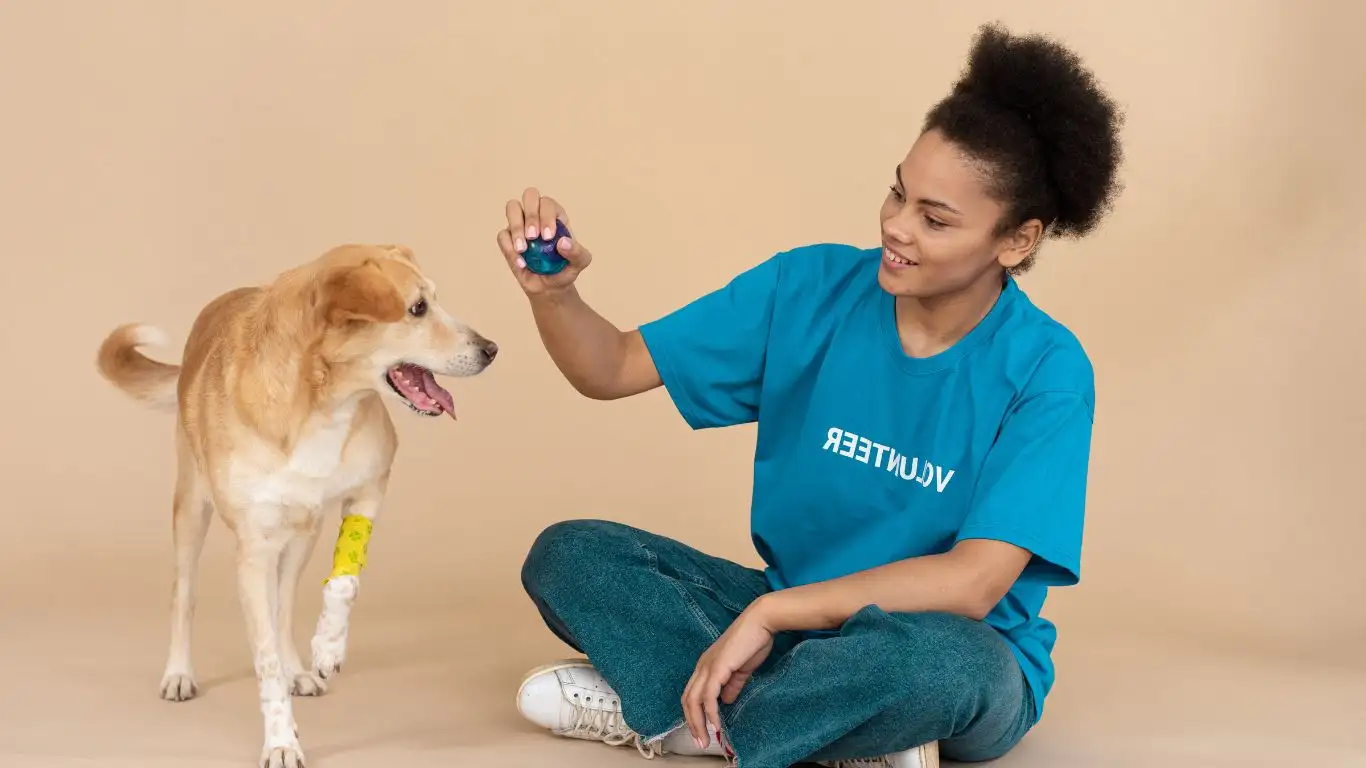
One of the most effective ways to train a dog to focus in a new area is through gradual exposure. Instead of jumping straight into high-stress or completely unfamiliar environments, take it slow. Start with small, controlled introductions to the new space. If possible, bring your dog to the area during quiet times, when there are fewer distractions. This gives them the opportunity to adjust without feeling overwhelmed.
In my experience, I’ve found it useful to slowly introduce new environments by starting with the least distracting elements. For example, if you’re training in a park, begin by working in a quiet corner or a spot that’s not heavily trafficked. Once your dog gets comfortable there, you can slowly move to more bustling areas of the park. This gradual exposure will help them build confidence and increase their ability to focus.
Maintain Consistency with Commands and Cues
As you move through different environments, it’s important to remain consistent with the training commands and cues you use. Dogs feel more secure when they understand what’s expected of them. If you introduce new cues or commands in a new environment, your dog may struggle to understand what you want, leading to frustration and loss of focus.
During my sessions with therapy dogs, I always make sure that the same verbal cues and hand signals are used across all environments. For example, if I use the word “sit” or a specific hand gesture, I make sure to use the same tone and motion whether I’m training indoors, at a park, or in a new therapy setting. This helps the dog understand that the rules stay the same, no matter where they are.
Managing Distractions: Keeping Your Dog Focused
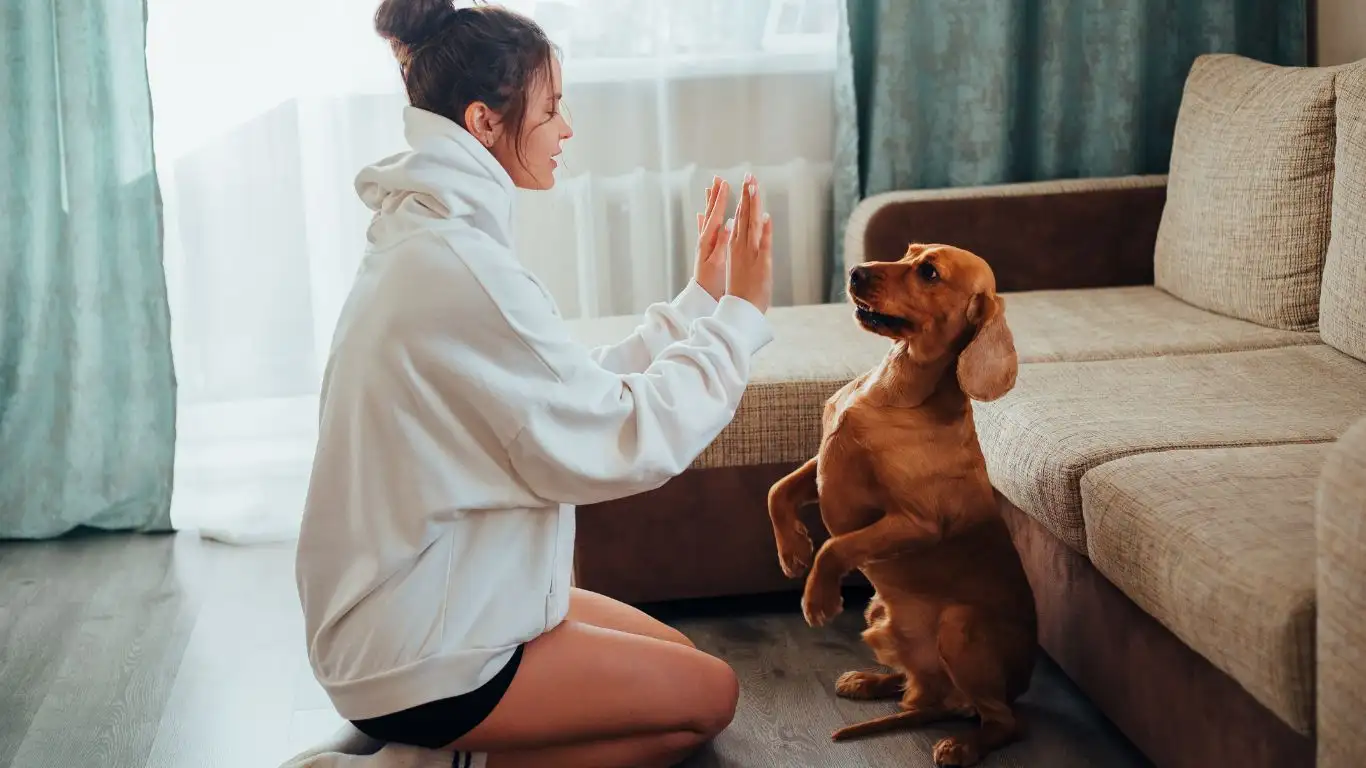
One of the most challenging aspects of training a dog in a new area is managing distractions. Dogs are naturally curious and can easily become sidetracked by everything happening around them. This is especially true in unfamiliar places where there are new sounds, smells, and sights. Whether it’s people walking by, other animals, or even the rustling of leaves in the wind, distractions can make it difficult for your dog to focus on the task at hand.
From my experience, the key to handling distractions is to maintain a calm, controlled environment as much as possible. The more relaxed you are, the more likely your dog will mirror that energy. If you get frustrated or tense, your dog will sense that and become more anxious, which makes it even harder for them to stay focused.
Use Short, Engaging Sessions
Long, drawn-out training sessions in a new area can overwhelm your dog and reduce their ability to focus. When teaching your dog in unfamiliar environments, I’ve found that keeping training sessions short and sweet works best. Instead of trying to tackle a big training session all at once, break it up into several shorter ones throughout the day. This helps your dog stay engaged and prevents them from becoming bored or distracted.
For example, I typically work in 5 to 10-minute increments, with breaks in between. During these sessions, I focus on one task at a time, keeping it simple and achievable. It’s also important to celebrate small wins. If your dog successfully follows a command despite the distractions, give them lots of praise. This reinforces that their behavior is exactly what you want, even in a new setting.
Creating a Safe, Comfortable Environment

A critical part of getting your dog to focus on training in a new area is ensuring that the environment feels safe and comfortable for them. If your dog feels stressed or uneasy, it will be difficult for them to focus, regardless of how great your training techniques are. Creating a space where your dog can feel secure is essential, especially when working in an unfamiliar location.
In my own training sessions, I always try to set up a “base” where the dog can retreat to if they get overwhelmed. This could be a blanket, a crate, or a favorite toy. Knowing that they have a spot to go to for comfort helps dogs relax and reduces the anxiety they might feel in new surroundings.
Introduce Familiar Smells
Smell is one of a dog’s strongest senses, and it plays a huge role in how they experience the world. When working with dogs in a new area, it can be beneficial to introduce familiar smells. This could be their favorite blanket, a piece of clothing you’ve worn, or even a treat pouch they recognize. Familiar scents can help ground your dog in a new space, making it easier for them to focus.
When I first start training a dog in a new place, I’ll bring along an item that smells like home. This could be a blanket or even a toy they’re particularly attached to. The scent helps the dog feel like there’s something familiar around, which can ease their nerves and improve their focus.
Incorporating Play into Training
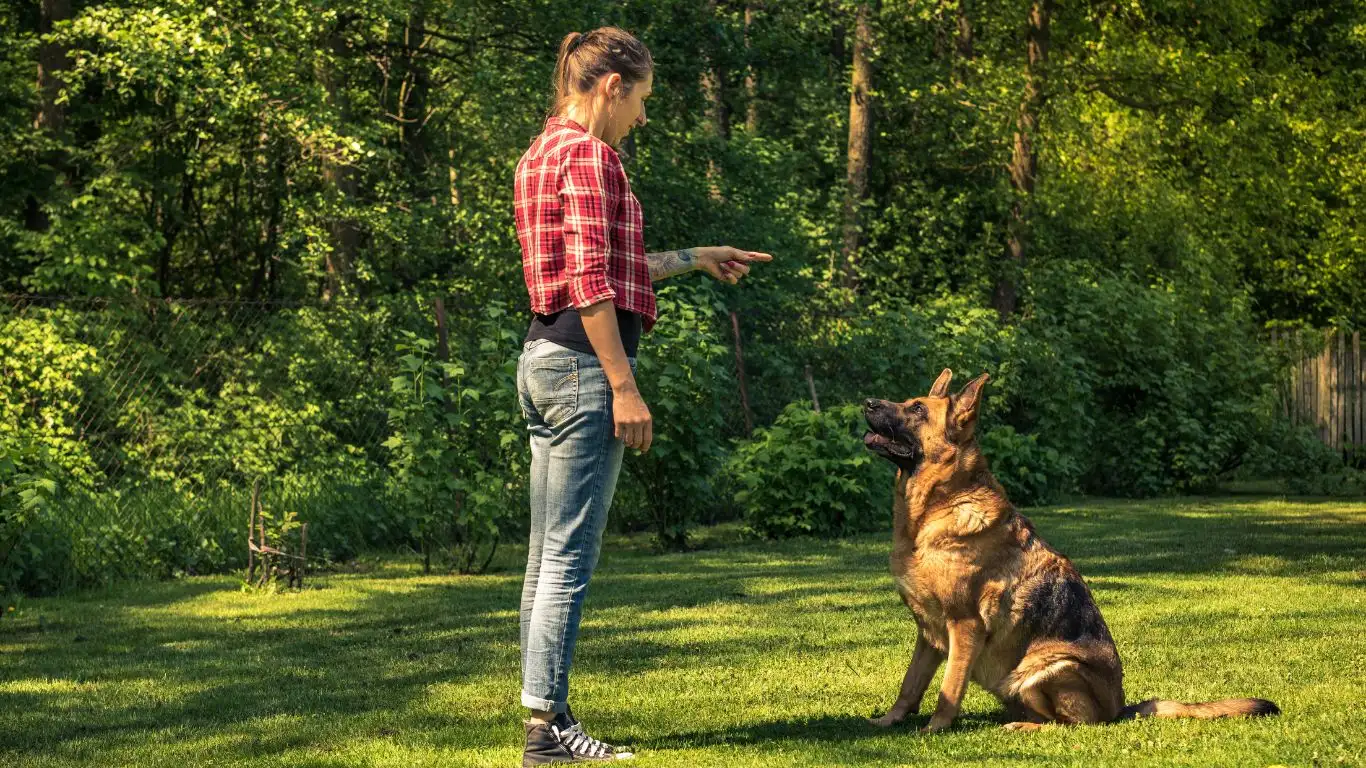
Training doesn’t always have to be serious business. One of the best ways to get your dog to focus in a new area is to incorporate play into the process. Play is an excellent motivator for dogs, and it’s an enjoyable way to reinforce the behaviors you want to encourage.
My therapy dog training sessions often include short bursts of play to break up the training monotony. This could be as simple as tossing a ball for the dog to fetch or playing tug-of-war with their favorite rope toy. Play helps to release pent-up energy and also fosters a positive connection between you and your dog. It also keeps your dog engaged and excited to participate in the next round of training.
Use Toys as a Reward
Not all rewards need to be food-based. While treats are fantastic for reinforcement, toys can be just as effective, especially if your dog is highly motivated by play. A toy can be a great way to keep your dog focused in a new environment because it provides an interactive reward that they can enjoy after completing a task.
For example, after a successful training session in a park or another unfamiliar area, I’ll give my dog their favorite toy to play with. This reinforces that training is fun and rewarding, helping your dog associate the new environment with positive experiences.
Be Patient: Training Takes Time
Finally, it’s important to remember that training your dog to focus in a new area takes time. Every dog is different, and some will take longer to adjust than others. As someone who’s trained many therapy dogs over the years, I can tell you that patience is key. Don’t expect overnight success, and be prepared for setbacks along the way. The important thing is to remain consistent and positive, and to celebrate even the small victories.
In my experience, I’ve seen some dogs take weeks to fully adjust to new environments, while others seem to adapt almost immediately. Regardless of how long it takes, the important thing is to create a supportive, low-stress training environment that fosters your dog’s confidence and focus. With time and patience, your dog will begin to associate new spaces with positive experiences, and their ability to focus will improve significantly.
Building a Stronger Bond: How to Train Your Dog to Focus in Any Environment

Training your dog to focus in a new area doesn’t just help them learn new skills—it also strengthens the bond between you and your dog. As a Canine-Assisted Therapy Trainer, I’ve had the privilege of witnessing this firsthand. Over time, as your dog becomes more comfortable with new environments and learns to focus during training, you’ll notice a shift. The relationship becomes more collaborative, with both of you working together toward common goals.
This process is rewarding not just for the dog but for you, too. You’ll be amazed at how much your dog can accomplish when they trust you and feel comfortable in their environment. Here’s how you can continue to build that trust and deepen your bond through training in various settings.
Trusting Your Dog’s Intuition
As you continue to train your dog in new locations, remember that they have an incredible ability to sense the world around them. Sometimes, it’s easy to forget that they’re not just following our cues—they’re interpreting the environment based on their instincts. Dogs rely on their senses to guide them, and when you train in unfamiliar settings, it’s important to acknowledge that these instincts are a part of their learning process.
In my experience, building trust means allowing your dog to explore and use their intuition while you’re training. For example, if you’re in a new location and your dog seems hesitant or distracted by something, don’t immediately correct them. Instead, observe what’s causing their distraction and gently guide them back to focus. By doing this, you’re showing them that it’s okay to explore while reinforcing their commitment to the task at hand. This helps create a positive, cooperative dynamic between you and your dog.
Understanding Your Dog’s Body Language
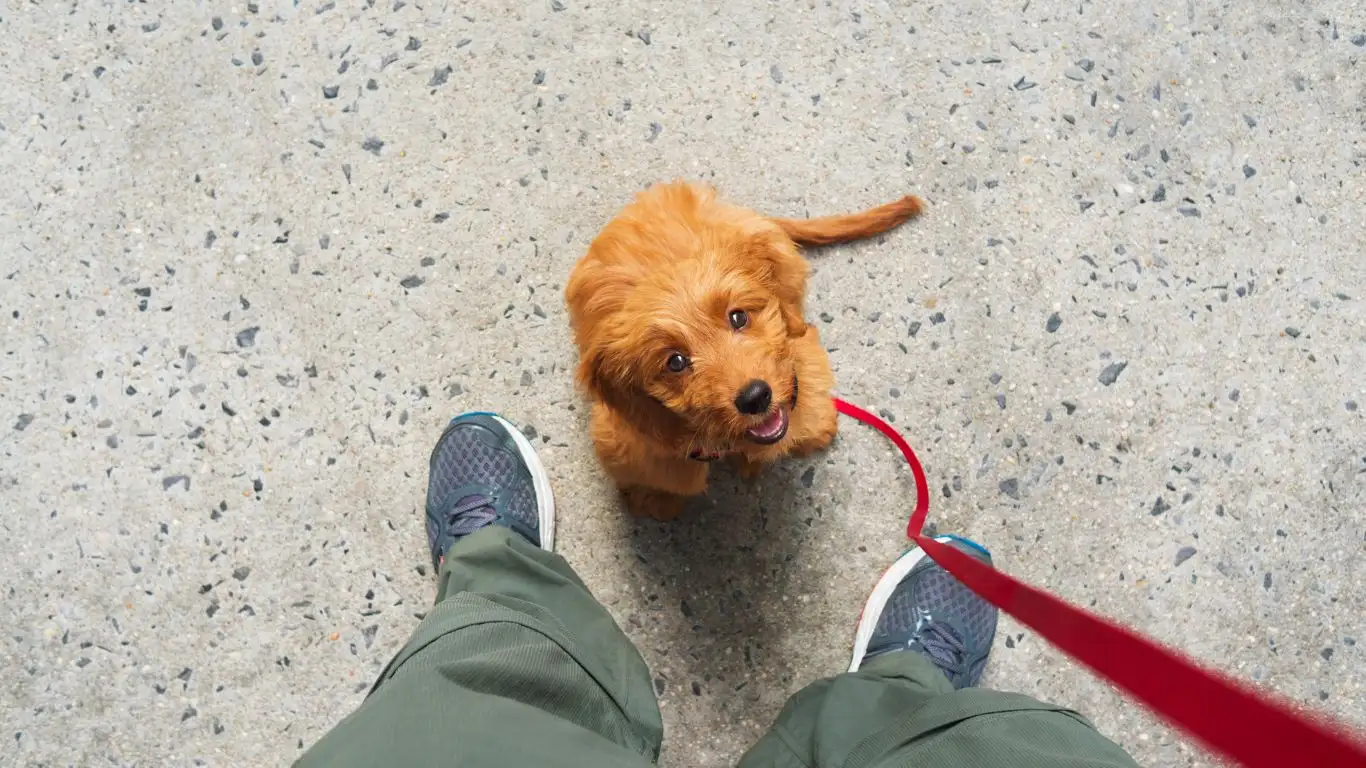
Another essential aspect of training a dog to focus in a new area is understanding their body language. Dogs communicate a lot through their posture, facial expressions, and movements. When you’re working in unfamiliar settings, it’s crucial to tune into these non-verbal cues to gauge how your dog is feeling. Are they relaxed or anxious? Are they excited or distracted?
I’ve learned over the years that when dogs are in new environments, their body language can often tell you more about their emotional state than anything else. If your dog seems tense or fearful, they may need more time to adjust to the new space. Alternatively, if they seem too excited and hyperactive, you might need to use a more calming approach to help them focus.
Recognizing Stress Signs
Some common stress signals in dogs include pacing, yawning, excessive licking, or panting. If you notice these signs, it might be a sign that your dog is feeling overwhelmed. In these moments, it’s essential to slow down, give them some space, and perhaps even take a break from training. By recognizing these signs early on, you can prevent your dog from becoming too stressed to focus. Gradually, as your dog becomes more accustomed to new places, these signs will become less frequent.
Integrating Socialization into Training
Socialization is an essential part of a dog’s overall development. When training in new areas, it’s a great opportunity to introduce your dog to new people, animals, and situations. This can help them become more confident and focused in various environments.
During my time as a Canine-Assisted Therapy Trainer, I’ve often incorporated socialization into my training sessions. Whether it’s meeting new dogs or interacting with unfamiliar people, positive social experiences can help your dog feel more comfortable in new places. However, it’s crucial to ensure that these social interactions are controlled and positive, especially in unfamiliar locations where your dog might already be feeling overwhelmed.
Controlled Socialization Techniques
If you’re planning to expose your dog to new social situations, make sure to do so gradually. Start with less crowded environments or smaller groups of people and dogs. This allows your dog to build confidence without becoming overstimulated. As they adjust, you can gradually increase the level of social interaction.
I recommend monitoring your dog’s body language throughout these interactions to ensure they’re not feeling anxious or uncomfortable. If your dog shows signs of stress, take a step back and give them time to decompress. By doing this, you’re teaching them that they can feel safe and focused in new environments, no matter who or what is around them.
Setting Realistic Expectations and Staying Consistent
Consistency is one of the most important elements when training a dog to focus in a new area. Whether you’re working with a puppy or an older dog, having a consistent routine and approach will help your dog understand what to expect from the training process. The more predictable you make the experience, the more likely your dog will be to stay engaged and focused.
It’s also essential to set realistic expectations for your dog’s progress. Don’t expect immediate results, especially if you’re training in a completely new and unfamiliar environment. Dogs learn at their own pace, and it’s important to be patient. Over time, with consistent effort, your dog will start to associate new areas with positive, rewarding experiences.
Keep in mind that some dogs may take longer to adjust than others, and that’s perfectly okay. The key is to keep the training sessions consistent, positive, and achievable. And remember, celebrating small wins—like your dog successfully following a command or staying focused despite distractions—is just as important as mastering more complex tasks.
References
Disclaimer
The information provided in this article is based on personal experiences and training techniques used in my own practice as a Canine-Assisted Therapy Trainer. While these methods have proven effective for many dogs, every dog is unique, and results may vary. Always consult with a professional dog trainer or veterinarian if you encounter specific behavioral issues or concerns. This article is not intended to replace professional advice or guidance.

